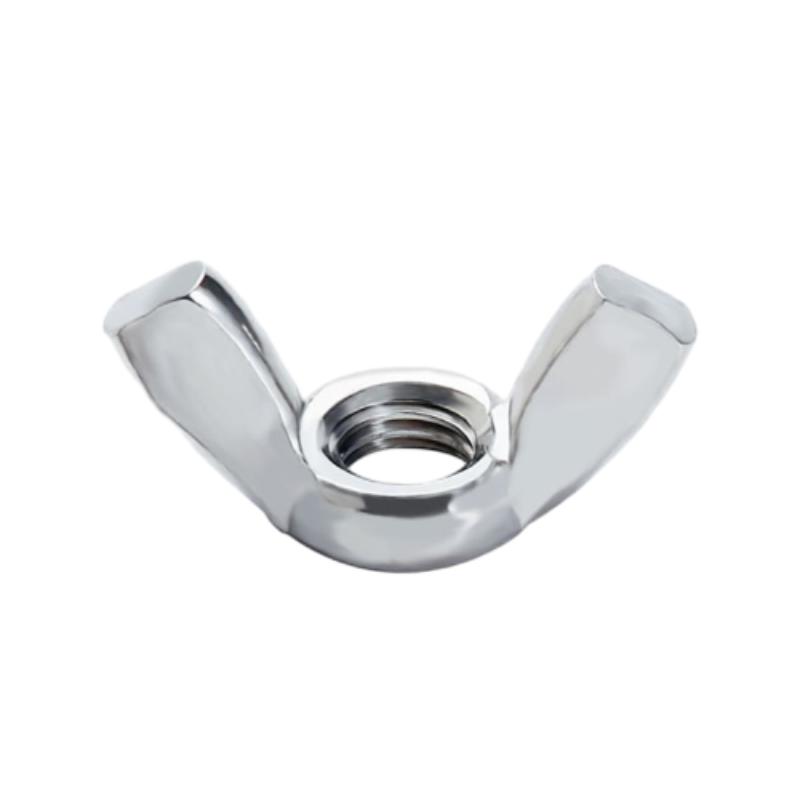

Durable Steel Washer Plates for Enhanced Stability and Support in Various Applications
Jul . 25, 2024 04:42 Back to list
Durable Steel Washer Plates for Enhanced Stability and Support in Various Applications
The Versatility and Importance of Steel Washer Plates
Steel washer plates, often overlooked in many applications, play a crucial role in ensuring the integrity and stability of various structures and mechanical systems. Their design, materials, and applications make them essential components in construction, manufacturing, and countless DIY projects. This article explores the significance of steel washer plates, their types, and their diverse applications.
Understanding Steel Washer Plates
Washer plates, typically made from various grades of steel, serve the primary purpose of distributing the load of an object over a larger area. This distribution is critical in reducing the risk of damage to the surface being fastened while also minimizing the likelihood of bolt and nut loosening due to vibration and movement. They come in various shapes and sizes, including flat washers, spring washers, and specialty washers, each designed to address specific needs in engineering and construction.
Benefits of Steel Washer Plates
1. Load Distribution One of the primary functions of steel washer plates is to spread the load over a wider area. This is particularly important in applications where the fastener could penetrate or deform the material being secured.
2. Corrosion Resistance Many steel washer plates are treated or coated to enhance their resistance to corrosion. Stainless steel, for example, is a popular choice for environments exposed to moisture or chemicals, ensuring longevity and reliability.
3. Vibration Resistance In machinery and vehicles, the constant vibration can lead to loosening of bolts and nuts. Steel washer plates, particularly serrated or lock washers, provide resistance to this effect, maintaining the integrity of the assembled components.
4. Cost-Effectiveness The use of steel washer plates can be a cost-effective solution in both manufacturing and construction. They are relatively inexpensive, yet their function significantly reduces the risk of structural failure, which can be costly.
steel washer plate

Applications of Steel Washer Plates
Steel washer plates find their applications in a myriad of fields, showcasing their versatility
1. Construction In building and construction, steel washer plates are used in conjunction with bolts and screws to fasten structural components. They help ensure that beams, columns, and other vital components remain securely attached, providing stability and safety.
2. Automotive Industry The automotive sector utilizes steel washer plates in the assembly of vehicles. They are integral in securing parts like engines and suspensions, where the risk of failure can lead to catastrophic consequences.
3. Manufacturing In industrial manufacturing, steel washer plates are fundamental for machine assembly. They help maintain the performance and safety of machinery that operates under heavy loads and intense vibrations.
4. Aerospace The aerospace industry relies on steel washer plates to secure components where weight is a critical factor. Innovations in design and materials have led to the development of lightweight but strong washer plates that meet stringent safety standards.
5. Home Improvement Projects DIY enthusiasts often employ steel washer plates in various projects, from furniture assembly to outdoor constructions. Their ability to provide stability and strength makes them a go-to solution for securing items effectively.
Conclusion
In conclusion, steel washer plates, although small components, are integral to many applications across various industries. Their ability to distribute loads, resist corrosion, and provide stability highlights their importance in engineering and construction. Whether it’s in constructing durable buildings, assembling reliable vehicles, or completing home projects, steel washer plates prove to be invaluable tools that contribute significantly to the safety, durability, and efficiency of structures and systems worldwide. As technology advances, we can look forward to innovations in washer plate design and materials, further enhancing their functionality and applications.
Latest news
-
High-Strength Hot Dip Galvanized Bolts - Hebei Longze | Corrosion Resistance, Customization
NewsJul.30,2025
-
Hot Dip Galvanized Bolts-Hebei Longze|Corrosion Resistance&High Strength
NewsJul.30,2025
-
High-Strength Hot-Dip Galvanized Bolts-Hebei Longze|Corrosion Resistance&High Strength
NewsJul.30,2025
-
Hot Dip Galvanized Bolts-Hebei Longze|Corrosion Resistance&High Strength
NewsJul.30,2025
-
Hot Dip Galvanized Bolts - Hebei Longze | Corrosion Resistance, High Strength
NewsJul.30,2025
-
High-Strength Hot Dip Galvanized Bolts-Hebei Longze|Corrosion Resistance, Grade 8.8
NewsJul.30,2025

